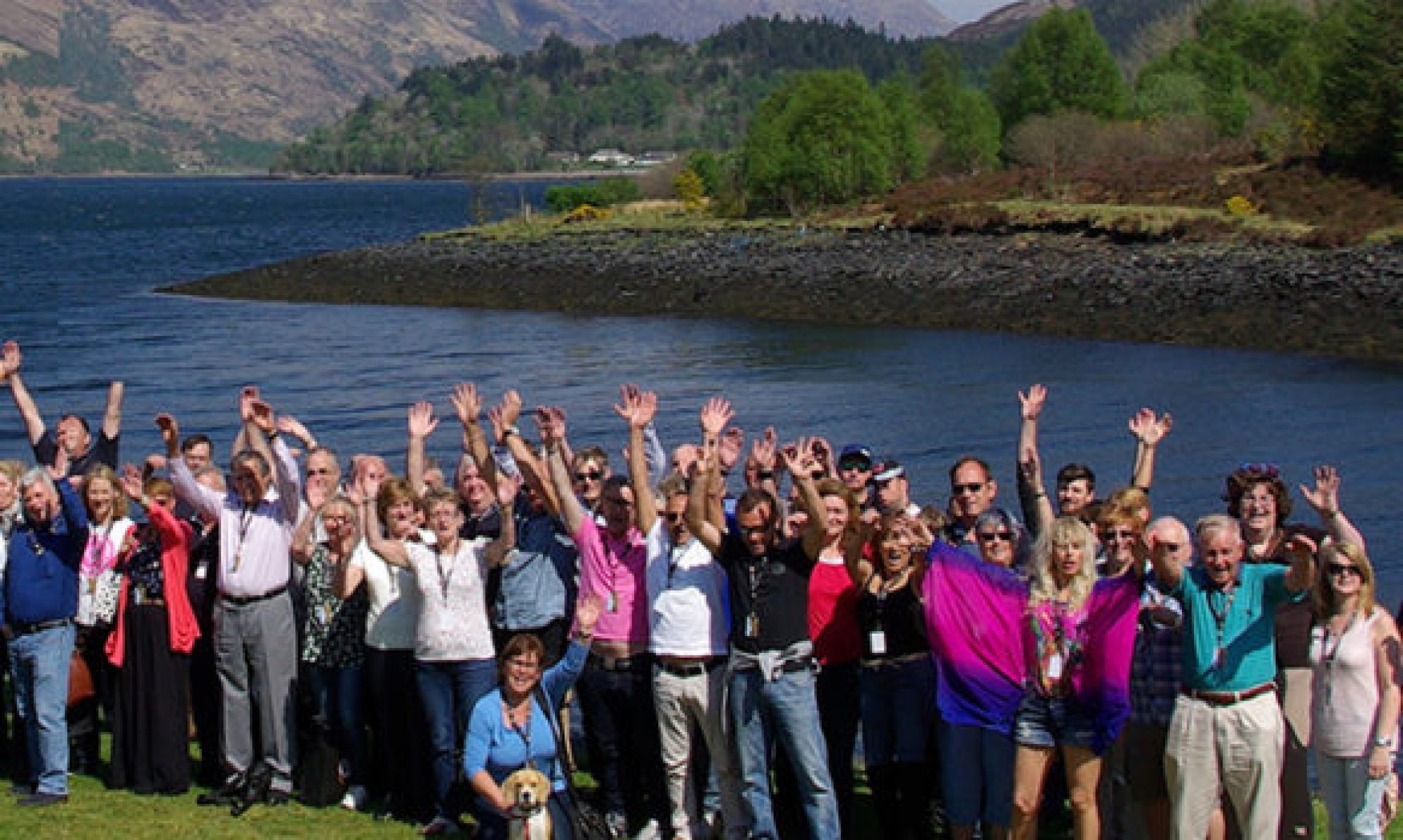
What has defamation got to do with conservation? I hear you say. Well “not a lot”, of course, but I take an interest in an eclectic range of topics and for the last few days I have been reading Professor Kenneth Norrie’s fascinating book, “Defamation and related actions in Scots law”.
The right to protection of reputation is recognised as being guaranteed by
Article 8 ECHR. In Scotland there are two routes by which one can protect
reputation against false statements that cause damage: defamation and verbal
injury.
The delict (that simply means wrongdoing) of defamation in Scotland is interesting. In general terms, it takes place when a person communicates an untrue and damaging imputation against another person. Prof Norrie sets out the following “peculiar” features:
- ” it is an intentional delict in which the intent to injure is usually irrebuttably presumed“;
- ” it is a delict only if the statement or communication upon which it is based is false, but with which falsity is rebuttably presumed…”;
- “the pursuer does…always have the onus of proving that the statement or communication complained about is “defamatory” and that it has been “communicated”
Essentially, if someone thinks that what you wrote about them is defamatory, the onus will be entirely on you to prove that your comments are true in court. In other words, if you make the claim, you’ve got to prove it!
Defamation has long been defined as something that “tends to lower the plaintiff (pursuer in Scotland) in the estimation of right-thinking members of society generally“, and whether something is defamatory is up to the court to decide. True words can be defamatory but in order to found an action in defamation a defamatory statement must also be false. However, interestingly, if found to be defamatory, it is not up to the pursuer to show that the material is false. The defender bears the onus of showing that his statements are true. In order to found an action in defamation a statement must also be made with malice (it must be intended to cause injury). However it is a presumption that anyone publishing false and defamatory statements, does so with malice.
So, how can the defender who made the defamatory allegations avoid being held liable for defamation? The available defenses fall into several broad categories.
- justification; i.e. the material as published is true
- fair comment; this protects statements of opinions or comment on matters of public interest
- privilege, absolute or qualified; this guarantees immunity from liability in certain situations e.g. in parliamentary and court proceedings
Fair Comment
Lord M’Laren has described the Fair Comment defense as follows: “The expression of an opinion as to a state of facts truly set forth is not actionable, even when that opinion is couched in vituperative or contumelious language.” The defender must prove that the words complained of were comments, not offered as facts and the facts upon which the comments are based should be stated. and that these facts should be true. Finally the comments must be on a matter of public interest.
Anyone who repeats allegations can also be sued. Seeing something written somewhere else doesn’t mean it is true and does not make it safe to repeat. Also, Scots law provides no special protection to website publishers.
The defamatory statement must be communicated. As well as traditional forms of publication, this may now include blogs, Twitter, LinkedIn, Facebook, Trip Advisor and similar.
Scots Law will compensate the injured party for hurt feelings, reputation and/or honour. The greater the circulation by the original defamer the greater the sum of damages is likely to be. It may not only be the originator of the statement who is possibly liable, but also those who repeat the statement. We all know how fast a Facebook thread can spread. If the post contains a defamatory statement then each time it is shared its audience increases as does the number of potential defamers and the size of the liability.
The ease with which actions for defamation can be launched in Scotland has got some people worried. For a discussion of this, see ScotsLawBlog and the Discussion Paper on Defamation published in 2106 by the Scottish Law Commission.
The law as it stands in Scotland appears to have only one feature that stands in the way of Justice and that is the cost of using it. Not only does this mean that many people and businesses cannot afford to defend their reputation, but that anyone who is “without substance”, who for example is unemployed, does not own property, has no savings, etc, is essentially impossible to sue as even when the case is won, the costs cannot be recovered.
I suggest that the Scottish parliament would do well to consider a small claims service dealing with defamation, able to require apologies and the removal of material when this is found to be false. They should have powers to award modest awards. In return, access would be inexpensive. No barristers. Simple court processes and a fast consideration of the facts, perhaps by written submissions.
In addition, I would make it easier to take action against Internet Service Providers (ISP), or blog hosts. Blog sites such as Google and WordPress are currently the Wild West for hosting defamatory sites. They should take far more care about establishing the identity of the content providers and the accuracy of the content. Imagine that I wished to defame or bully someone and offered to pay a national newspaper for the space to advertise. The paper would read the content with care before publishing it. The same cannot be said about WordPress.com, who will publish anything, however outrageous and then cannot be compelled to remove it without a court order. This situation cannot be permitted to continue.



